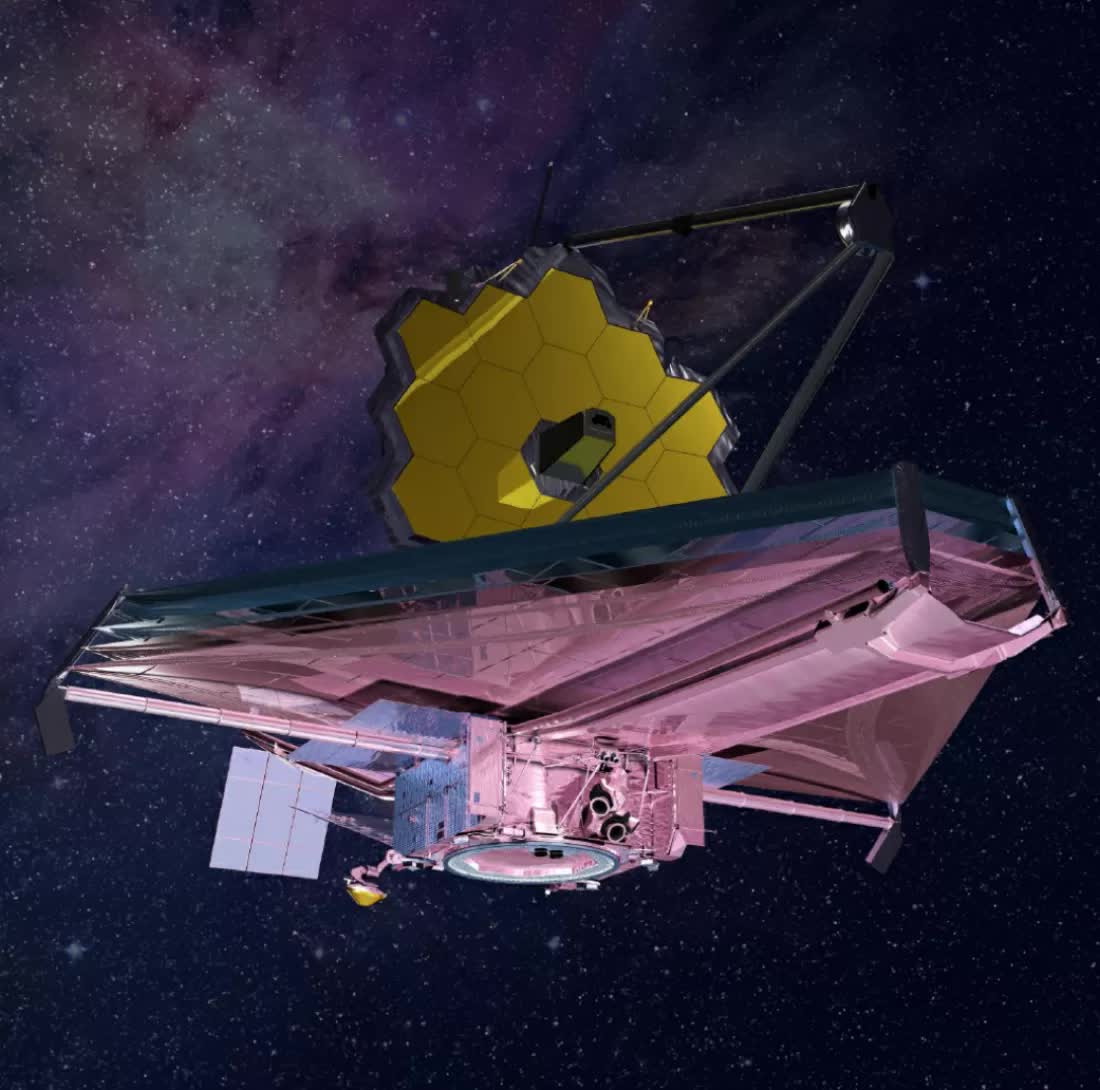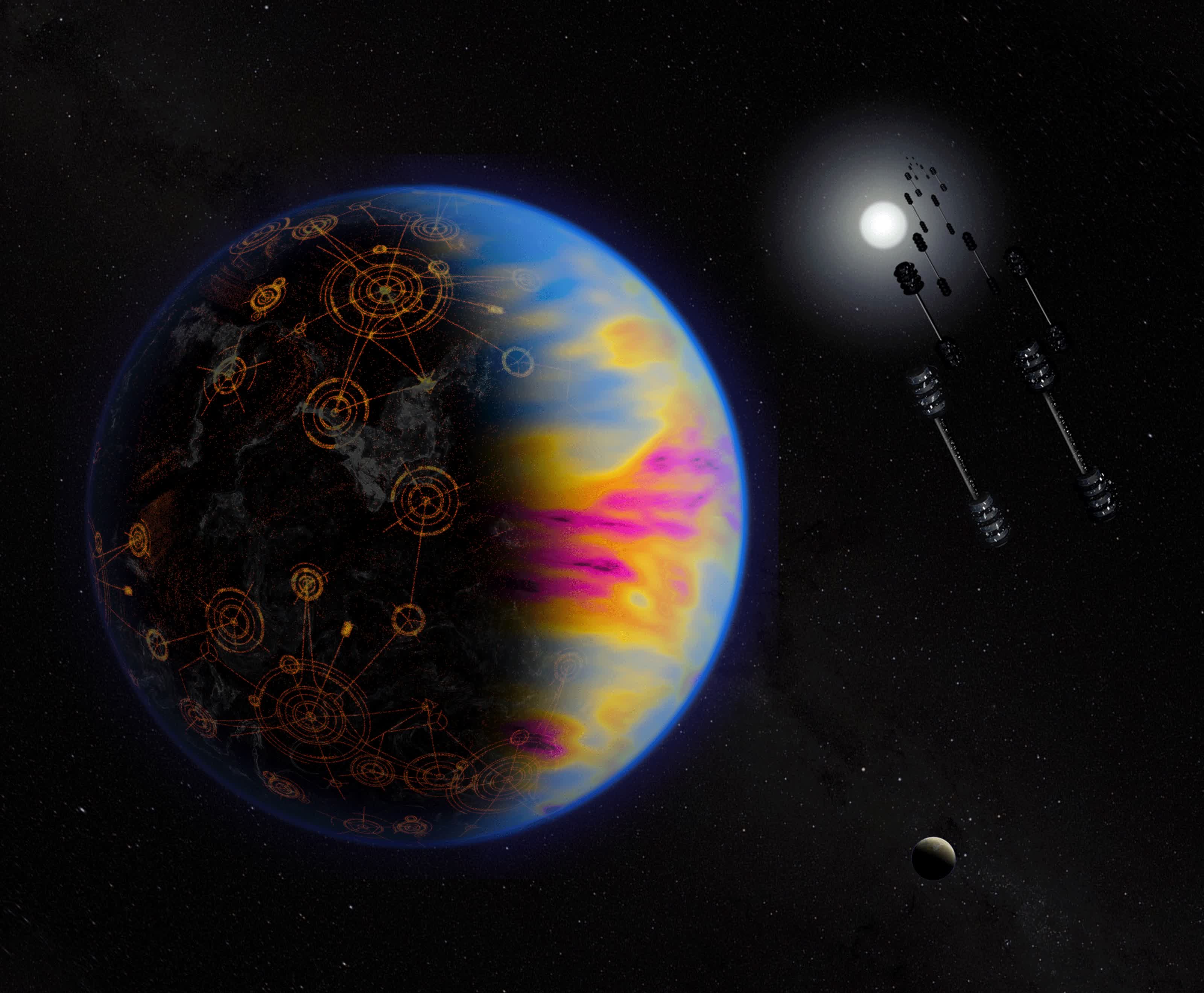Editor's take: High levels of NO2 could point to a widespread industrial process, but of course that's assuming that a distant civilization evolved in a similar manner to us and burns fossil fuel for energy. It would also assume that they are at roughly the same evolutionary stage; perhaps they're far more advanced than us and have figured out more efficient ways of generating power, like manipulating magnetic fields or gravity.
Researchers at NASA have come up with another technique to search for advanced extraterrestrial civilizations that could potentially inhabit nearby star systems.
NASA's Ravi Kopparapu as part of a recent study wondered whether we might be able to detect alien life by looking at a distant planet's atmospheric pollution. Because potentially habitable worlds are so far away, we can't just sent a spacecraft to have a closer look. Rather, we must rely on observations from powerful telescopes to help detect signs of life.

One possible way to do this is to look for the presence of certain gasses, like nitrogen dioxide. Here on Earth, NO2 is a common byproduct of burning fossil fuels. The study sought to determine if the presence of elevated levels of NO2 could be detected by observing the light reflected from an exoplanet as it orbits its star.
Computer modeling suggests that future large NASA telescopes could indeed detect elevated levels of NO2 in exoplanets as far away as 30 light years, given at least 400 hours of observing time. A single light year is the distance light travels in a year, which equates to nearly six trillion miles.
